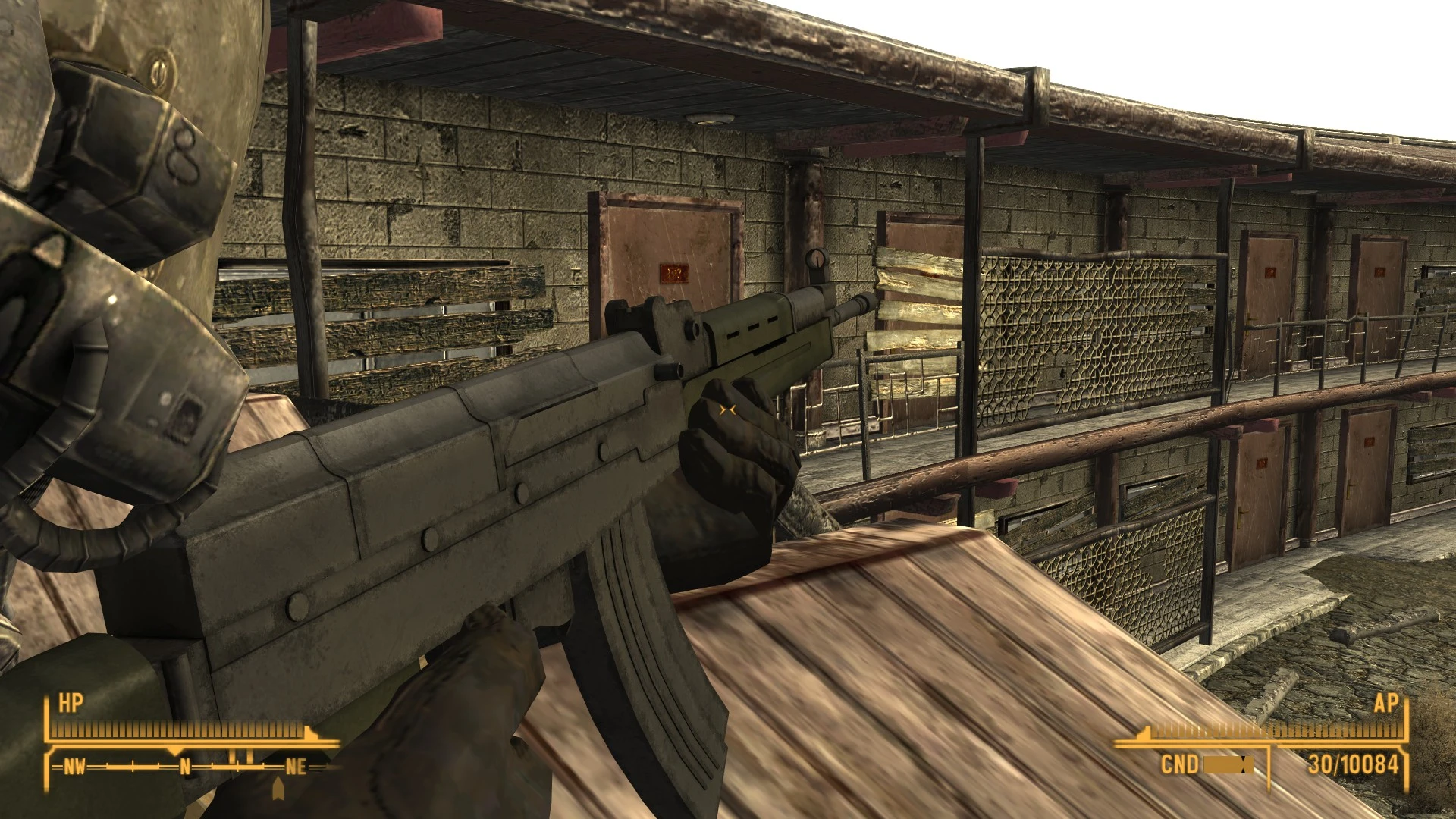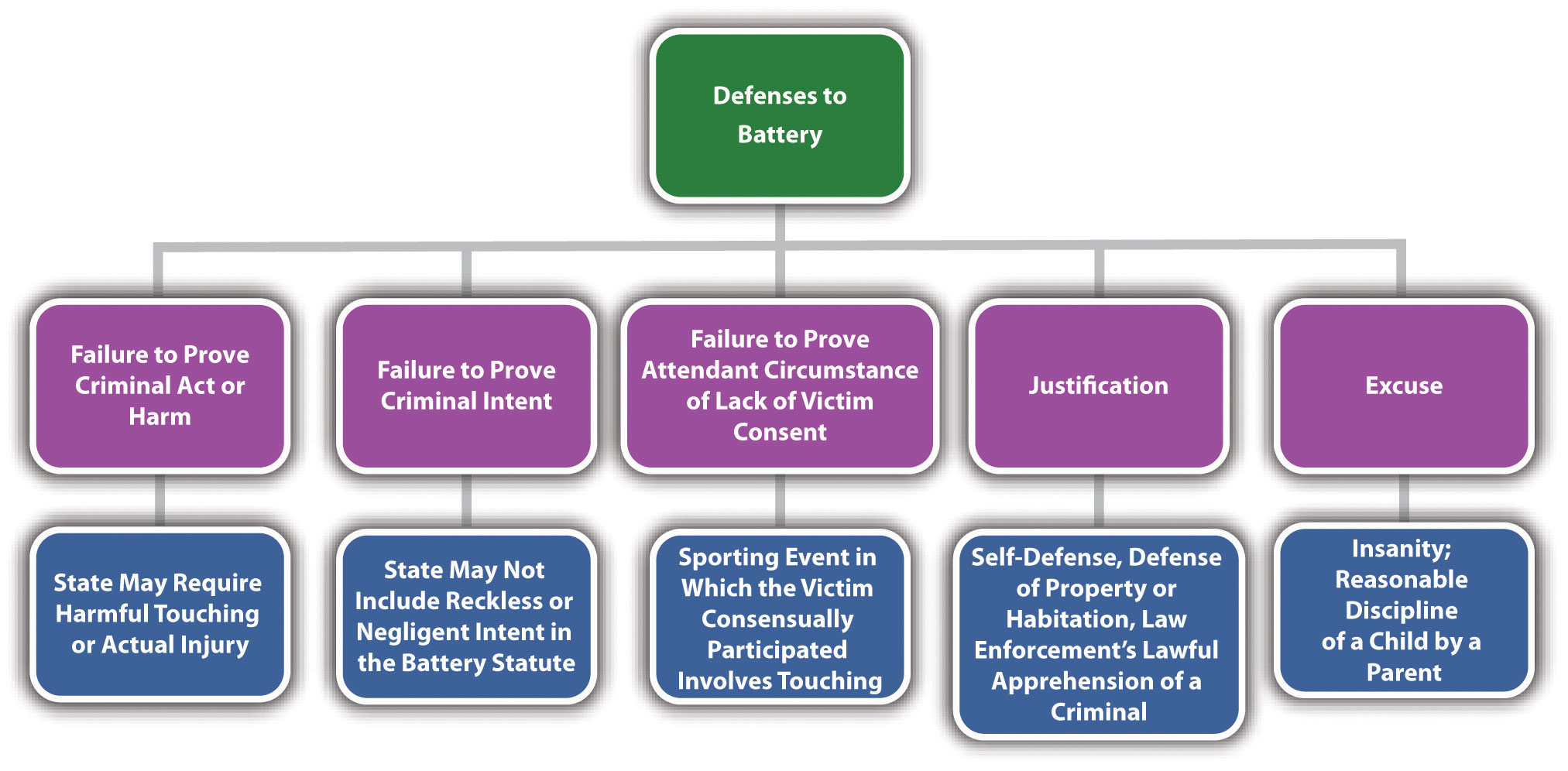Types Of Assault - Assault and battery are two crimes that are often treated together, but they are separate crimes with different elements. Although modern jurisdictions often combine assault and battery into a single law called assault, the crimes are still separated and are often treated differently. The Model Penal Code defines both offenses as assault, common crime and aggravated crime (Model Penal Code, § 211.1). However, the Model Penal Code does not distinguish between assault and battery for measurement purposes. This section discusses the elements of both crimes, including possible defenses.
Battery is a crime that has elements of criminal act, criminal intent, related circumstances, causation, and harm, which are discussed in the following sections.
Types Of Assault

An element of the criminal act required for battery in most jurisdictions is unlawful touching, commonly referred to as physical contact (720 ILCS § 12-3, 2011). This element of the criminal act distinguishes assault from battery, although a person can be convicted of both offenses if they commit separate acts supported by appropriate intent. The defendant may touch the victim with an object, such as shooting the victim with a pistol, or may strike the victim with a thrown object, such as a rock or bottle. The accused may also use a vehicle, knife, or substance, such as spitting on the victim or punching the victim.
I Looked Through The \
Example from Chapter 1, Introduction to Criminal Law: Chris, a new employee at McDonald's, spills hot coffee on his customer Jeff's hand. Although Chris did not touch Jeff with any part of his body, he injected a substance that became illegal.
The element of malice required for battery varies by jurisdiction. In early common law, battery was intentional or knowing intercourse. Many states follow the common law approach and require specific or intentional intent, or general or conscious intent (Fla. Stat. Ann. § 784.03, 2011). Others include reckless intent (KSA § 21-3412, 2011) or reckless intent (R.I. Gen. Laws § 11-5-2.2, 2011). Lawsuits involving reckless intent or negligence usually require actual bodily harm, serious bodily harm, or the use of a deadly weapon. The Model Penal Code requires intentionally, knowingly or recklessly causing bodily harm to another person, or negligently “inflicting bodily harm on another person with a deadly weapon” (Model Penal Code § 211.1(1) (b)). If the intention is negligence
Consider the example of Chris and Jeff in Chapter 10, The Battery Law Example. Let's assume that Chris' action when he spilled hot coffee on Jeff's hand was when Chris tried to multi-task and hand over the change at the same time he spilled the coffee. The act of Chris physically touching Jeff with hot coffee may be backed by casual intent because Chris is a new employee and may not be aware of the dangers of spilling coffee while multitasking. If the state in which Chris' shooting occurred does not include negligent intent in their battery law, Chris likely
Chris will not be prosecuted for the battery unless the coffee causes serious burns to Jeff's hand; Hot coffee cannot kill and cannot be considered a lethal weapon.
The Most Common Sexual Assault Charges
In most jurisdictions, an element of the conditions necessary for battery to occur is that the assault occurs without a victim.
. Thus, the victim's consent can act as a waiver of evidence or an affirmative defense in some factual situations.
Recall from Chapter 5, "Criminal Defense, Part 1," the time Allen grabbed Brett during a high school football game, causing Brett to be seriously injured. Although Allen deliberately touched Brett and was seriously injured as a result, Brett willingly took part in a sporting event that involved physical contact.

. As such, there are no battery prerequisites and Allen cannot be held liable for this charge.
Akm Package 4 Types In Weapons
In addition to consent, there are defenses and justifications for battery, which are discussed in detail in Chapter 5 Criminal Defense Part 1 and Chapter 6 Criminal Defense Part 2. Summing up and analyzing, it can be said that the legal protection against beatings is self-defense, protection of property and the lawful arrest of criminals. The justification for the defense against battery, which is discussed in Chapter 6, Criminal Defense Part 2, is the defense against insanity. One of the other excuses is battery protection.
Child by parent, which is usually regulated by law and varies from state to state (Kidjacked.com, 2011).
Defendant's criminal act must cause actual and legal damages as defined in Section 10 Battery Damage.
Relationship (720 ILCS § 12-3, 2011). Some laws require actual harm to the victim (Alabama Code § 13A-6-21, 2011). The severity of the damage can raise the measurement, as discussed in Chapter 10 Battery Sound.
Chinese Type 56 Assault Rifle Poster Print
Consider the example in episode 10 "Battery Law Example" where Chris spills hot coffee on Jeff's arm. If Chris and Jeff are able to do it
Victim as a harmful battery element, Chris will not be prosecuted for this crime, unless the hot coffee injures Jeff's hand. If Chris and Jeff are able to tolerate damage
Relationship, Chris can be charged or convicted of battery unless there is an element of intent to battery, as described in Chapter 10, Intent to Battery.

In early common law, beating was considered a misdemeanor. The Model Criminal Code defines battery (also referred to as simple assault) as a crime unless it is “committed as a result of a consensual fight, in which case it is a minor misdemeanor” (Criminal Code, § 211.1(1)). Reviews of the Model Penal Code
Sexual Assault In Maryland: The Different Types And Penalties
Battery (also called aggravated assault), which is battery that causes serious bodily injury or bodily injury caused by the use of a deadly weapon as a second or third degree felony (Model Penal Code, § 211.1(2)). Many states follow the Model Criminal Code approach, making battery that causes guilt or emotional harm a misdemeanor (720 ILCS § 12-3, 2011) and battery that causes bodily harm a gross misdemeanor or felony (720 ILCS § 12-4). , 2011). In addition, battery that is supported by a higher intent, such as intent to cause serious bodily harm or intent to maim or dishonor, is often rated higher (Alabama Code § 13A-6-20, 2011). Other factors aggravating the degree of beatings include: the use of weapons (Laws R.I. § 11-5-2, 2011), beatings when committing or attempting to commit a serious or violent crime (Alla Code § 13A -6 - 20, 2011), incapacitate the victim (Wisconsin Law § 940.16(6), 2011), and beat a teacher (Wisconsin Law § 940.16(5), 2011) or enforce. officer (Wisconsin Law § 940.20(2), 2011).
Assault is a crime that has elements of a criminal act and intent. As discussed in Chapter 10, Aggravated Battery Assault, one type of assault also has an element of causation and harm.
There are two types of attacks. Attack attempts are being made in some jurisdictions. In other jurisdictions, assault is considered aggravated assault. The Model Penal Code criminalizes both attempted battery and threat of battery (Model Penal Code, § 211.1). The elements of both types of attacks are discussed in Chapter 10 Battery Attempt and Battery Attack Threat.
Attempted battery is an assault that includes any element of battery other than physical contact. The elements of attempted battery constitute a criminal act supported by criminal intent. 'Cause there's no need for cause or harm
Cyber Threat Management Workplace Various Types Of Workplace Violence
Crime does not require harm. While an attempted assault with a battery should provide the same protection of consent as battery, this is not as common in assault as it is in battery, so there is no indirect element of the victim's lack of consent in most legislation.
Make physical contact with the victim, but for some reason it is reduced. It could be a projectile that never hits its target, a bullet that misses, or a bolt that misses its target. In some states, the defendant must have the ability to cause harm or abusive physical contact, even if such contact has never been made (California Penal Code § 240, 2011). The current ability requirement is simply an extension of the rule that an attempted crime must go beyond training. In most jurisdictions, the criminal act element is measured by testing the basic steps of the Model Penal Code, as detailed in Chapter 7, Parties to the Crime (Commonwealth v. Matthews, 2011). In short, the substantial steps test requires the defendant to take substantial steps to terminate the battery, and the defendant's actions must be strong evidence of the defendant's malice (Model Penal Code § 5.01).
Diana points a loaded gun at her ex-boyfriend Dan, says "Prepare to die Dan" and pulls the trigger. Luckily for Dan, the gun malfunctions and does not burn. Diana may have tried to beat her up. Diana took all the necessary steps to bring the matter to a close, and the way she pointed the gun at Dan and pulled the trigger was a convincing confirmation of her criminal intent. Also, Diana seemed to have the opportunity to shoot Dan because her gun was loaded. Thus, Diana can be charged and convicted of a crime.

Third degree assault ct, assault in the third degree jail time, third degree assault ny, third degree assault sentence, third degree domestic assault, assault in third degree, assault in the third degree colorado, third degree assault nebraska, what is assault in the third degree, assault in the third degree ny, third degree assault mn, attempted assault in the third degree



















